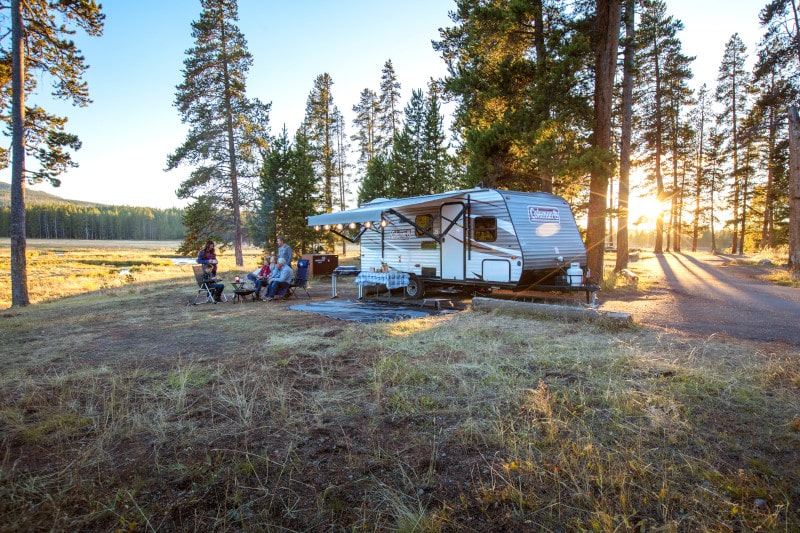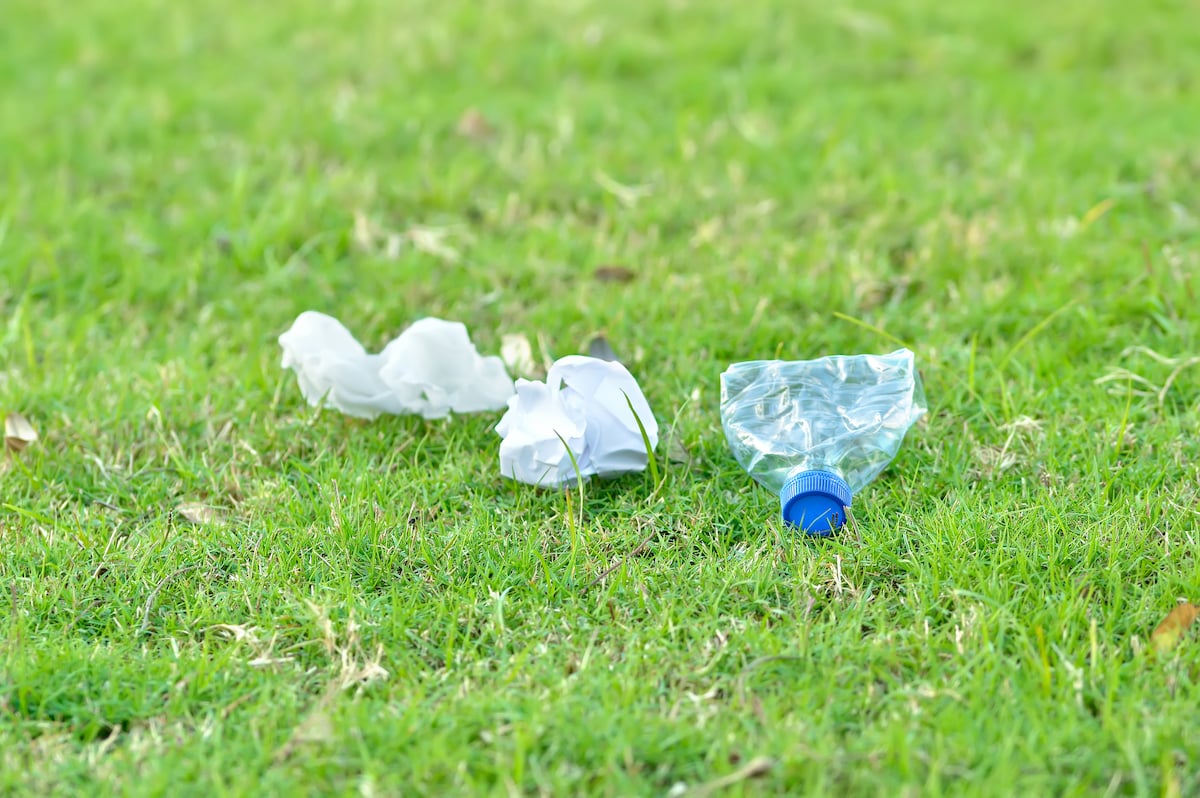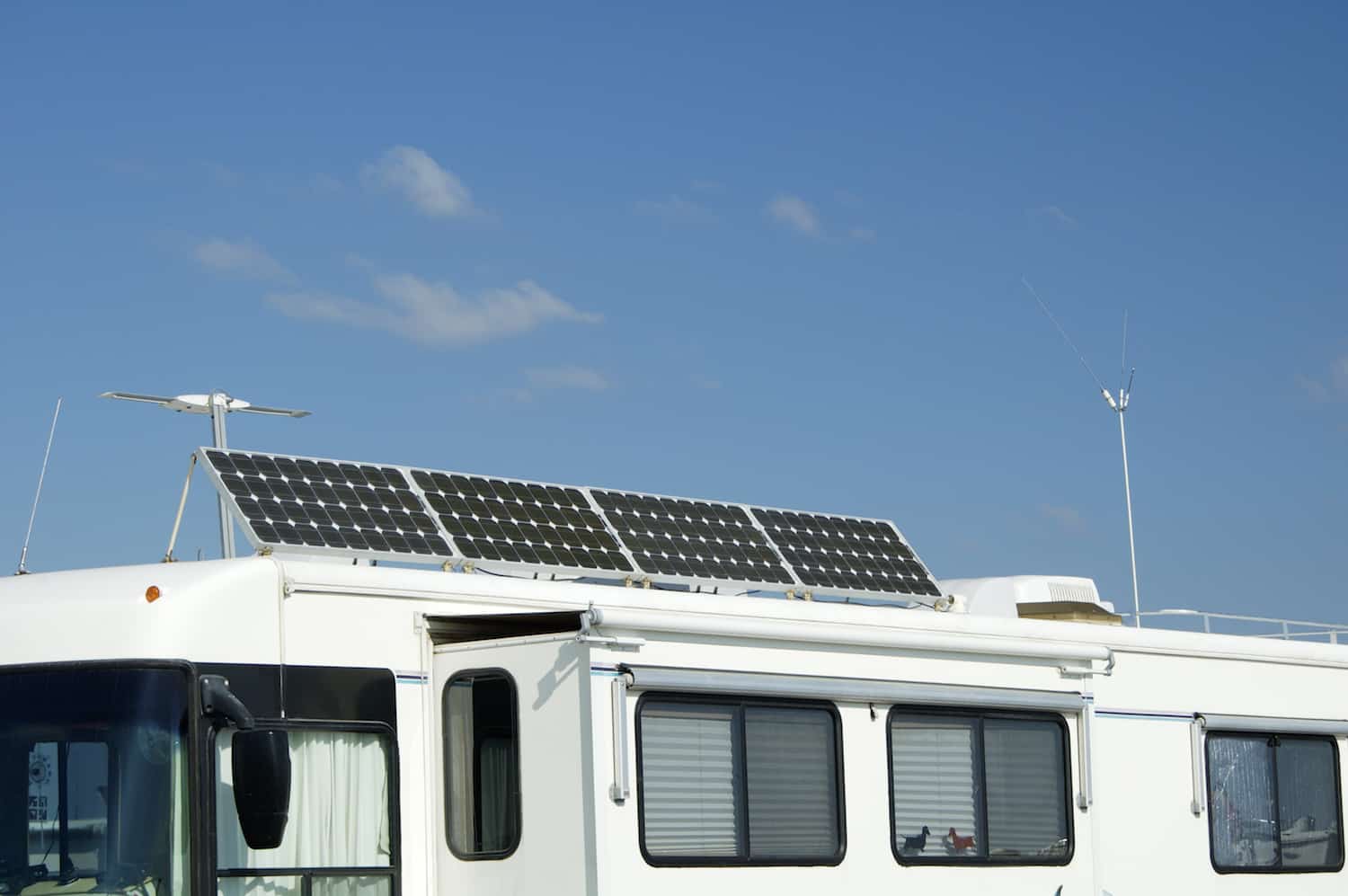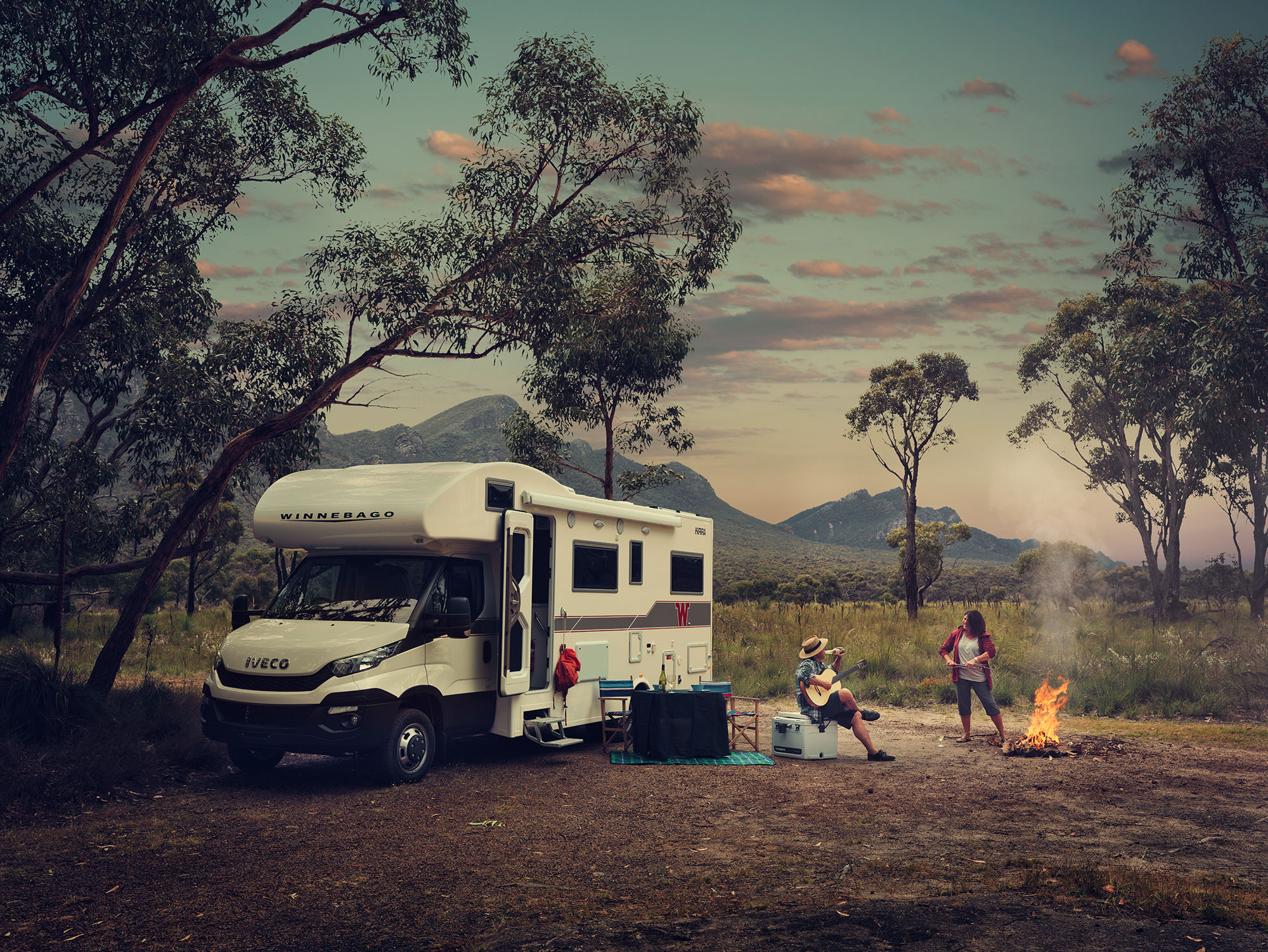Products You May Like
The whole point of getting out and going camping for many folks is to reconnect with the natural world. They want to camp in the wilderness in their RV or at least camp at a nice campground and then hike out into the wilderness. So, it makes no sense to RV in a way that hurts the environment.
Many RVers enjoy the fact that they have a small footprint from an environmental perspective, and if you want to do your best to make your next RV trip more environmentally friendly, then here are some tips for you and your family.
1. Camp at Appropriate Campsites

Boondocking can be one of the best ways to camp in your RV in an environmentally friendly way, but while you’re out there you can just as easily ruin the place that you camp. The rule of thumb here is to leave no trace and camp appropriately. Don’t camp somewhere where your presence there is going to seriously disrupt the natural world.
When it comes to finding the right campsite inside a campground, things are a little different. You can research ahead of time and find out how environmentally friendly or sustainable a campground is.
The best place to start? The campground’s website. Most will be excited about their efforts to help the environment and boast about it on the Web. Unclear as to whether or not a campground is environmentally friendly? Look for mentions of it on Yelp and other review sites.
You can also call the campground and just talk to somebody. I know most people would rather do things online these days, but a simple phone call can tell you everything you need to know and it makes making a reservation easy, too.
2. Replace All Lightbulbs with LEDs
Your RV might come with LED lights. If that’s the case, then you don’t have to do anything. If however, you have an older RV or simply an RV that doesn’t have LED lights, then it’s worth it to upgrade.
LED lights use far less energy. It doesn’t matter if you’re connected to shore power or if you are using your RV’s batteries, using less electrical energy is always a good thing. This goes two-fold if you’re out there boondocking. When boondocking, it’s important to make the most of all of the power you have and can harness through generators or solar panels.
3. Use Non-Toxic Cleaning Supplies and Septic Treatments
The cleaning supplies and septic treatments you use in your RV can have a negative impact on the environment. Try your best to find cleaning products (soaps, cleaning sprays, etc.) that are biodegradable. There are plenty of options out there that work just as well as the stuff with harsh chemicals.
When it comes to septic system treatments and chemicals, there are plenty of organic or eco-friendly items for sale. This will help make sure that even your personal waste doesn’t damage the environment negatively. Camping World sells eco-friendly cleaning supplies and septic supplies.
4. Collect Your Recyclables

Just like you’d do anywhere, make sure you recycle plastics and paper if they can be. At certain campgrounds this is easy. Other times, it can be a little more difficult. I like to collect my recyclables and then find a place to get rid of them.
If you’re unsure of where to take your recyclables, a simple Google search will show you the closest areas near you. I admit this is sometimes easier than others. It depends on where you are. However, in my experience there’s a place to go that’s not too far off your route.
5. Leave No Trace at Campsites
I touched on the idea of leaving no trace in the section about campsites, but I wanted to discuss it a bit more in-depth. The idea is to be able to camp somewhere for a while and then leave and nobody knows you were there. Basically, you want to leave the place exactly as you found it, or at the very least as close to that as possible.
This means picking up trash and any of the things you bring with you before you leave, but it also means doing things like building a small fire instead of a large one and making sure it’s out fully when you leave, not damaging the plants or wildlife around you, and trying not to overcrowd any one area with people. Really think about the place you’re in and how you can make sure that it is left the same or even better off when you leave. If you have questions about the idea of leaving no trace, check out the official Leave No Trace website.
6. Use Solar Power

Solar power can be an expensive up-front cost, but it will pay for itself in time. The more you use it, the quicker you’ll see a return on your investment. That means getting solar power on your rig and going boondocking often is the way to go.
Solar power is free and it doesn’t hurt the environment at all. It’s one of the cleanest and best types of energy out there and if you can harness it, you’ll not be as reliant on petroleum and electricity from other sources of energy. The right solar setup can really change your camping experiences and help you to adventure further than you would have thought to otherwise. It opens up doors and allows you to explore more while not hurting the environment. It’s worth the investment, and Camping World sells solar kits and solar components if you’re interested. Our service team will even do the installation if you’d like or don’t feel comfortable doing it yourself.
These are just a few tips that you can use to be a little more environmentally friendly. There are many more things you can do. Do you have a suggestion? Leave a comment below!

